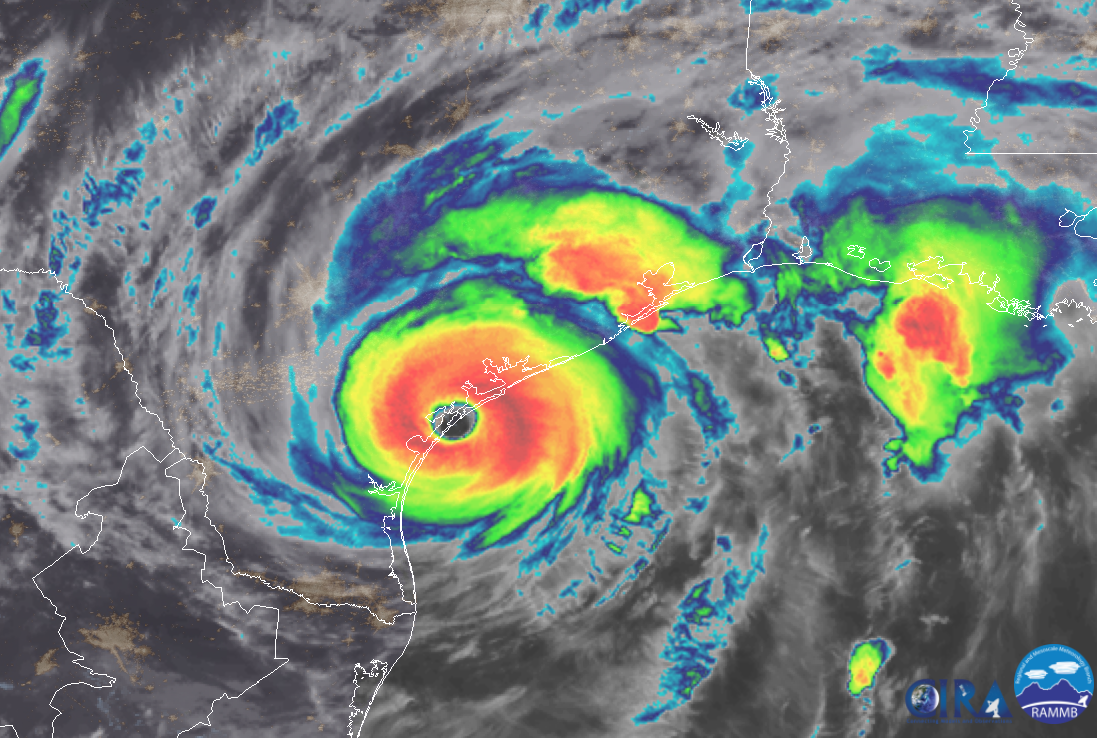Landfall occurs when the exact center of a tropical cyclone’s circulation intersects the coastline. In stronger tropical cyclones, an eye will be seen crossing the shore. The eye is surrounded by the eyewall, which is the area with the most violent winds, highest storm surge, and heaviest rain within the cyclone. Generally, the most severe impacts of a tropical cyclone do not occur at the exact point of landfall.

Landfalls differ from direct hits and strikes. A direct hit occurs when the eyewall or core of strongest winds moves onshore, but the center of the eye remains offshore. The effects of such are rather similar to that of a landfalling tropical cyclone, but without the reprieve that the eye offers. A strike occurs when a tropical cyclone passes within a 125nmi wide strike circle, with the center fixed on a certain point on the shore. This strike circle typically denotes where winds exceed hurricane force (64kts or greater). The effects of a strike are generally less severe than a landfall or direct hit, but heavy rainfall, strong winds, and coastal flooding are still likely.


